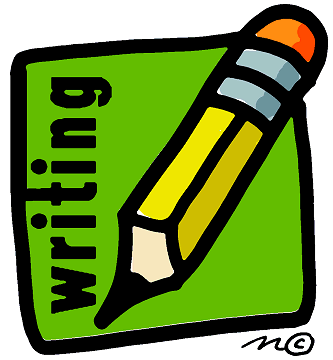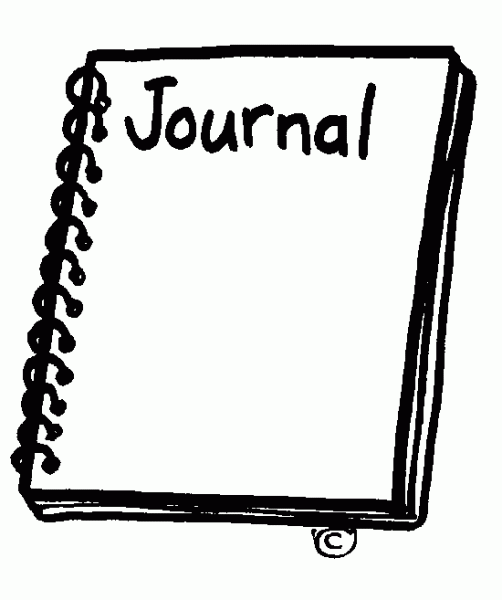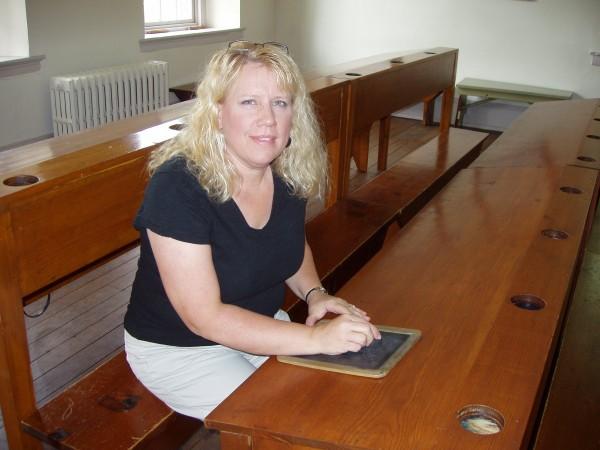Learn how to write your first book using the same steps a best-selling author did!

INTRO
Each year, dozens of folks I meet on tour share their desire to someday write and publish a journal, storybook or non-fiction book. No surprise as, statistically, 80% of people say they “have a book inside them.” The wanna-be authors are all ages – from middle elementary students to grandparents.
As the co-author of 16 books, people constantly ask me how I got started. More importantly, a lot of people out there wonder exactly how to write a book.
Their faces reveal the secret – what I call “THE ZONE.” Their passion for the subject of their book is THE ZONE. They care about the subject matter deeply. They are passionate about their topic and, my guess is, it will show in their writing.
BUT THE TRICK IS – How does an author get started? Don’t worry, this workbook will take you on Baby Steps to first build a chapter, then repeat the process with another chapter and, before you know it, you’ve got a book!
WRITING TO A PROMPT
Sometimes you can choose what you write about. Sometimes someone else picks the subject. I think you can actually do both when you are in the Zone. The Zone= your favorite things, people, places – the ones you’re really passionate about!
The exercises you will do to complete your first book are a series of prompts. They are formatted alongside the same types of prompts used in most State Writing Assessments in schools beginning in upper elementary school and continuing through ACT/SAT tests. Once you complete this workbook, you not only have your first “self-published” work but also great practice for tests you will have to take to be eligible for higher education!
Honestly, most writing is just expressing one focused thought – with a series of smaller supporting thoughts and a conclusion. Some writing can just be a series of individual paragraphs bunched under one topic (example: each KIDS LOVE TRAVEL chapter includes a series of maybe 50 individual reviews of places to visit located in ONE area region).
IDEA FACTORY
Ever hear of “writer’s block?” We all get it. Here’s what I’ve learned on how to “break the block” – tools I use with my kids, in workshops and with my own writing:
- Search Google for topics you are interested in…all the time. Save articles or blog posts you think might work to stimulate your thoughts in your computer’s “FAVORITES” box for reference later. Or, if you’re a highlighter freak like me, print that great article and highlight the best points. Keep a Writer’s File folder of printed materials you’ve found along the way.
- Subscribe to RSS Feeds of web blogs you find interesting. Browse around there for a little while and see what inspires you.
- Browse magazines you subscribe to. They identify your interests and that’s probably what you’re going to write about. Tear out the pages that have good content, underline those facts, and then store in your Writers File folder.
- Stop and think about the last fun activity you did.
- Stop and think about the last person you talked to – meaningfully.
- What is a question people often ask you? For example, “How do you make…?” or “Why don’t you get nervous when you…?”
- Visuals. This is my favorite technique for getting over writer’s block! Go through scrapbooks or saved picture files. Maybe dig through knick-knacks and souvenirs. Most everyone has a story behind every award or trophy or funny thing on display in your bedroom. Bedroom walls are an Inspiration Zone, for sure!
MOVEMENT (or, actually getting words on paper)
Did you know the battle is half over? If you think writing is hard, it is. When you think writing is telling people about your favorite ideas, it becomes easy. You’ve already come up with ideas AND the topic is in your ZONE. That’s the power source. Now, tap that fountain in your head and just start jotting things down. We’ll have lots of time to revise and organize later. Better to start with a lot and then whittle out the fluff later.

EDITING
- Write shorter sentences. Write shorter paragraphs. If necessary, change long sentences to two sentences or one connected with semicolons. You make your point quicker and prevent readers from losing interest or, worse yet, falling asleep!
- Reduce redundancy and trim unnecessary words. Don’t overuse words like: “like”, pretty, really, fun, cool, and very. Use your Thesaurus to find new words that better express your thoughts!
- Use description and details vs. ramblings about nothing. Your first book is meant to teach or inspire the reader. Add those marvelous personal triumphs or failures to your writing. Pepper it with adjectives that replace “wordiness.”
- Use short words instead of long words. This project book is not formal writing. Using words such as utilize (vs. use) or presently (vs. now), for example, making the writing too serious and lose the personality of your writing.
- Typos really mess with today’s reader’s trust in your work. Use a spell-check program but then have someone read your work for correctly spelled words, just used incorrectly (ex. There vs. their).

FINAL THOUGHTS
Value the ideas more than the format, the sharing more than the editing. As you move through these exercises, the writing car will have enough fuel and move easier – you just might enjoy the ride!
PUBLISHING
Now that you’ve finished the “guts” of your mini-book…it’s on to publishing your work. First, you’ll want to form:
- A copyright page using that lovely little insignia. Anyone can copyright their work by using this icon as identification.
- A table of contents
- A biography page
- Design a front and back cover (full color – your best quality pictures or graphics go on the cover)
- Add pictures to the essay writings (if you haven’t already)
Once you have those materials, you can publish your first book. First, convert your Word files to Adobe PDF files. Now, publish your book (to be seen by the public) using one of three formats:
- Print the entire work plus the cover. Staple your printed copy together in order. Or, paste your pages into a scrapbook of your choice. Decorate the pages, if you like. Share a copy with friends and family or give it away as a gift.
- Start your own free Web blog page (using wordpress.org) and paste your work into individual blog posts over time. You may have to copy/paste the Word files vs. the PDF files, depending on what format is acceptable to your blog format. Keep a separate My Pictures file (with any pictures, diagrams, etc. you’ve created for your book). Use that file to browse from when you click “Add Photos” to your blog posts.
- Publish the PDF files as an e-book or print book on KDP.com. Amazon’s Kindle Publishing platforms offer templates and tutorials.
Obviously, here at KIDS LOVE PUBLICATIONS we actually publish our guidebooks and workbooks to print. I don’t recommend it for beginners. Print books take a big chunk of effort. Coming up with an idea for an entire book obviously requires more thought and considerably more research. Wait until you have a series of mini-books under your belt. Then, you just might have the chapters of a real book!


 Facebook
Facebook LinkedIn
LinkedIn